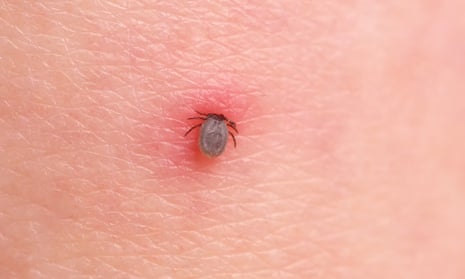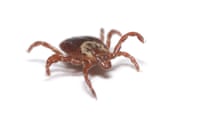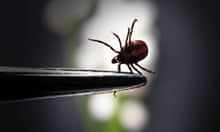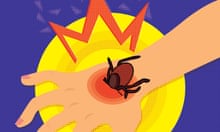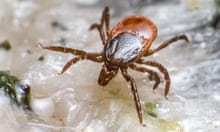The US House of Representatives has called for an investigation into whether the spread of Lyme disease had its roots in a Pentagon experiment in weaponising ticks.
The House approved an amendment proposed by a Republican congressman from New Jersey, Chris Smith, instructing the defence department’s inspector general to conduct a review of whether the US “experimented with ticks and … insects regarding use as a biological weapon between the years of 1950 and 1975”.
The review would have to assess the scope of the experiment and “whether any ticks or insects used in such experiment were released outside of any laboratory by accident or experiment design”.
The amendment was approved by a voice vote in the House and added to a defence spending bill, but the bill still has to be reconciled with a Senate version.
Smith said the amendment was inspired by “a number of books and articles suggesting that significant research had been done at US government facilities including Fort Detrick, Maryland, and Plum Island, New York, to turn ticks and … insects into bioweapons”.
A new book published in May by a Stanford University science writer and former Lyme sufferer, Kris Newby, has raised questions about the origins of the disease, which affects 400,000 Americans each year.
Bitten: The Secret History of Lyme Disease and Biological Weapons, cites the Swiss-born discoverer of the Lyme pathogen, Willy Burgdorfer, as saying that the Lyme epidemic was a military experiment that had gone wrong.
Burgdorfer, who died in 2014, worked as a bioweapons researcher for the US military and said he was tasked with breeding fleas, ticks, mosquitoes and other blood-sucking insects, and infecting them with pathogens that cause human diseases.
According to the book, there were programs to drop “weaponised” ticks and other bugs from the air, and that uninfected bugs were released in residential areas in the US to trace how they spread. It suggests that such a scheme could have gone awry and led to the eruption of Lyme disease in the US in the 1960s.
